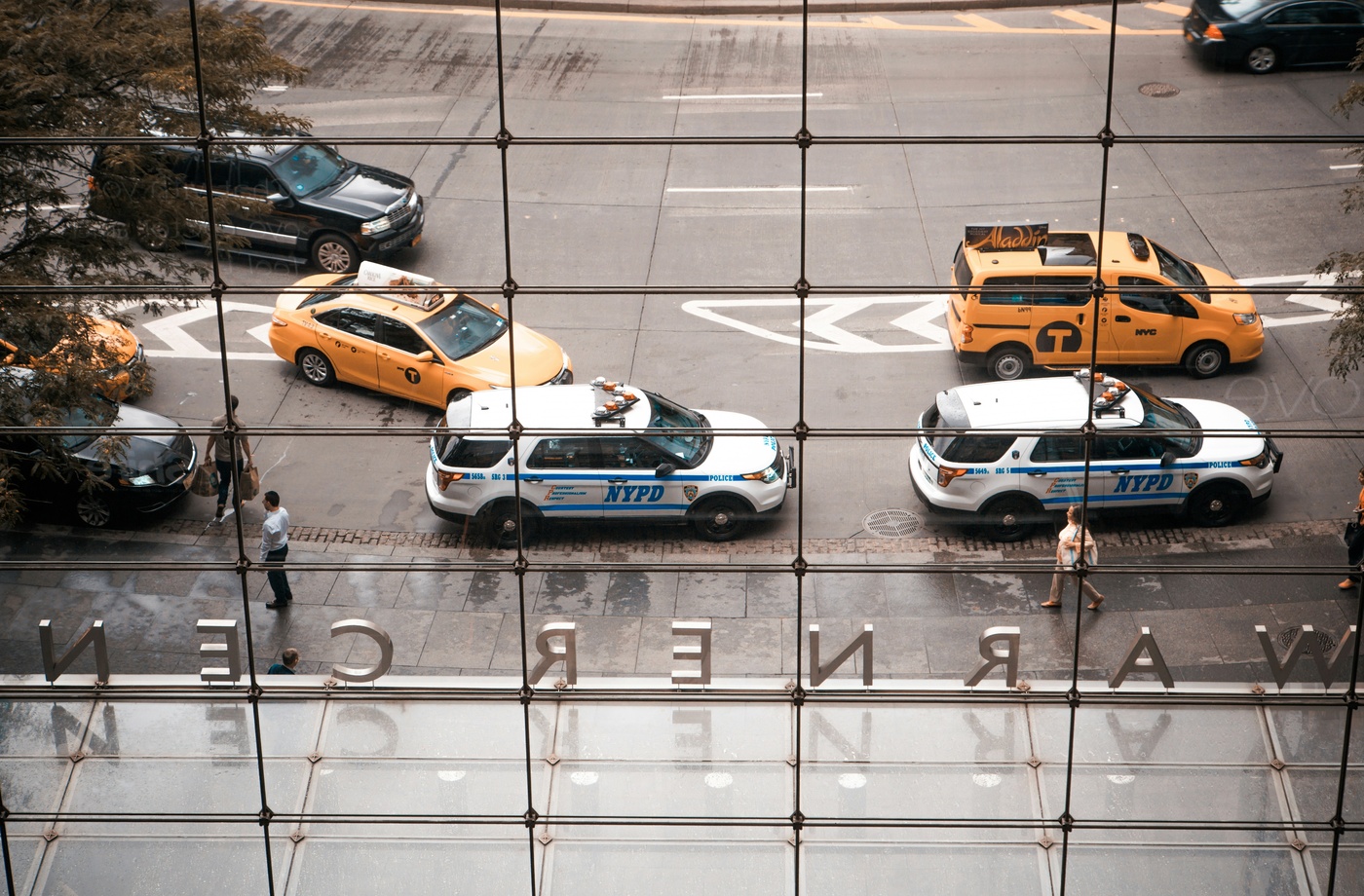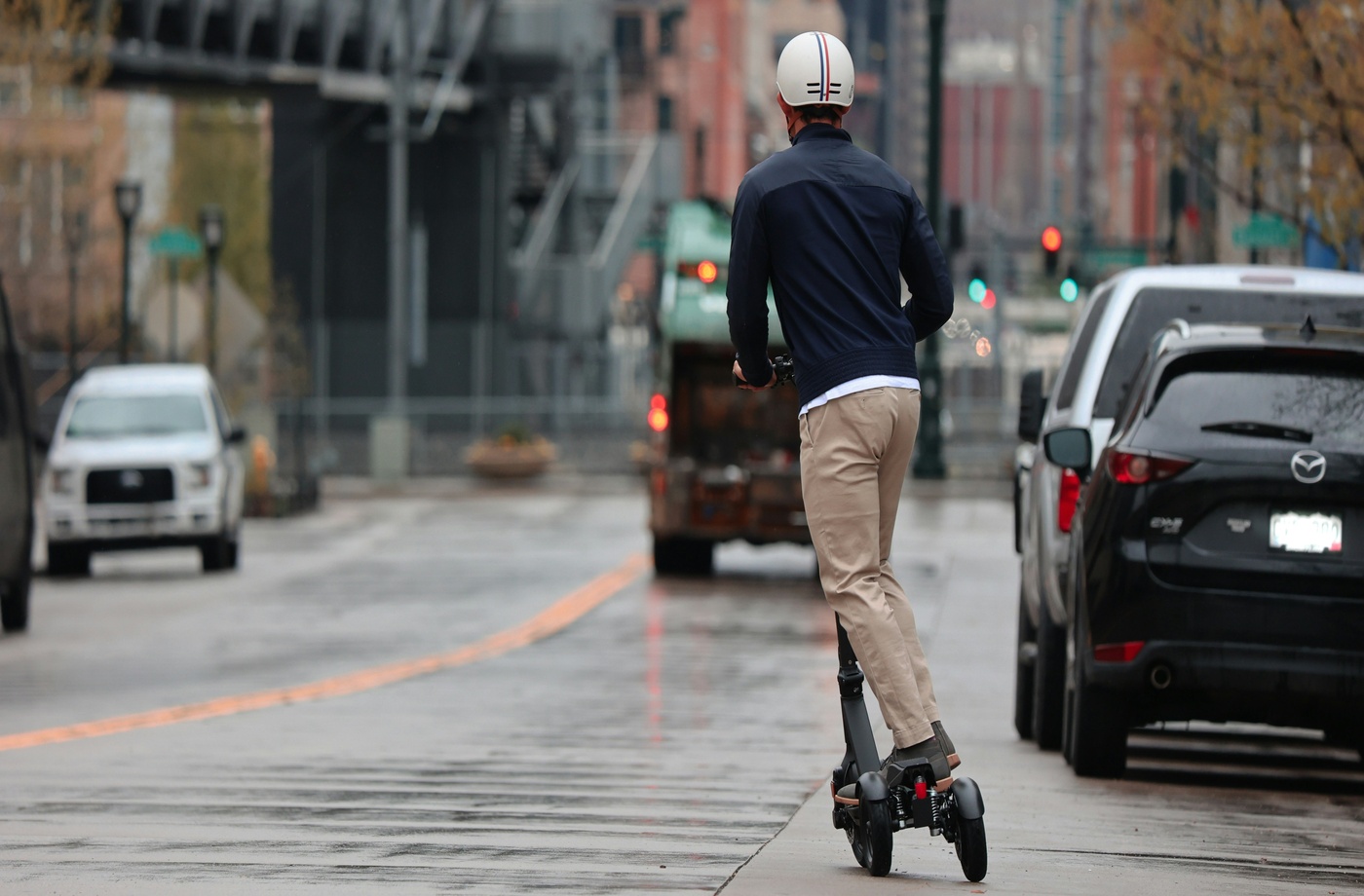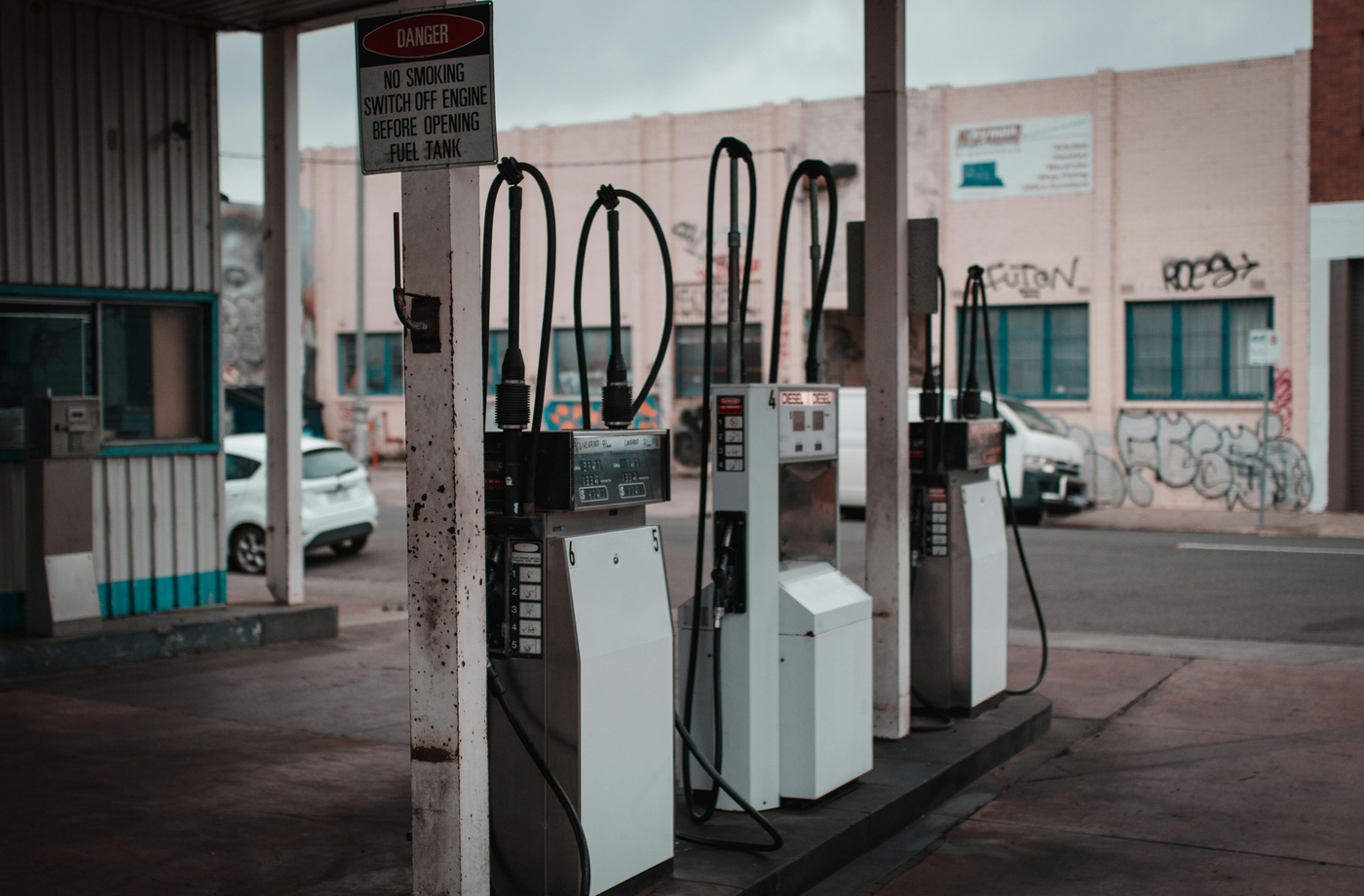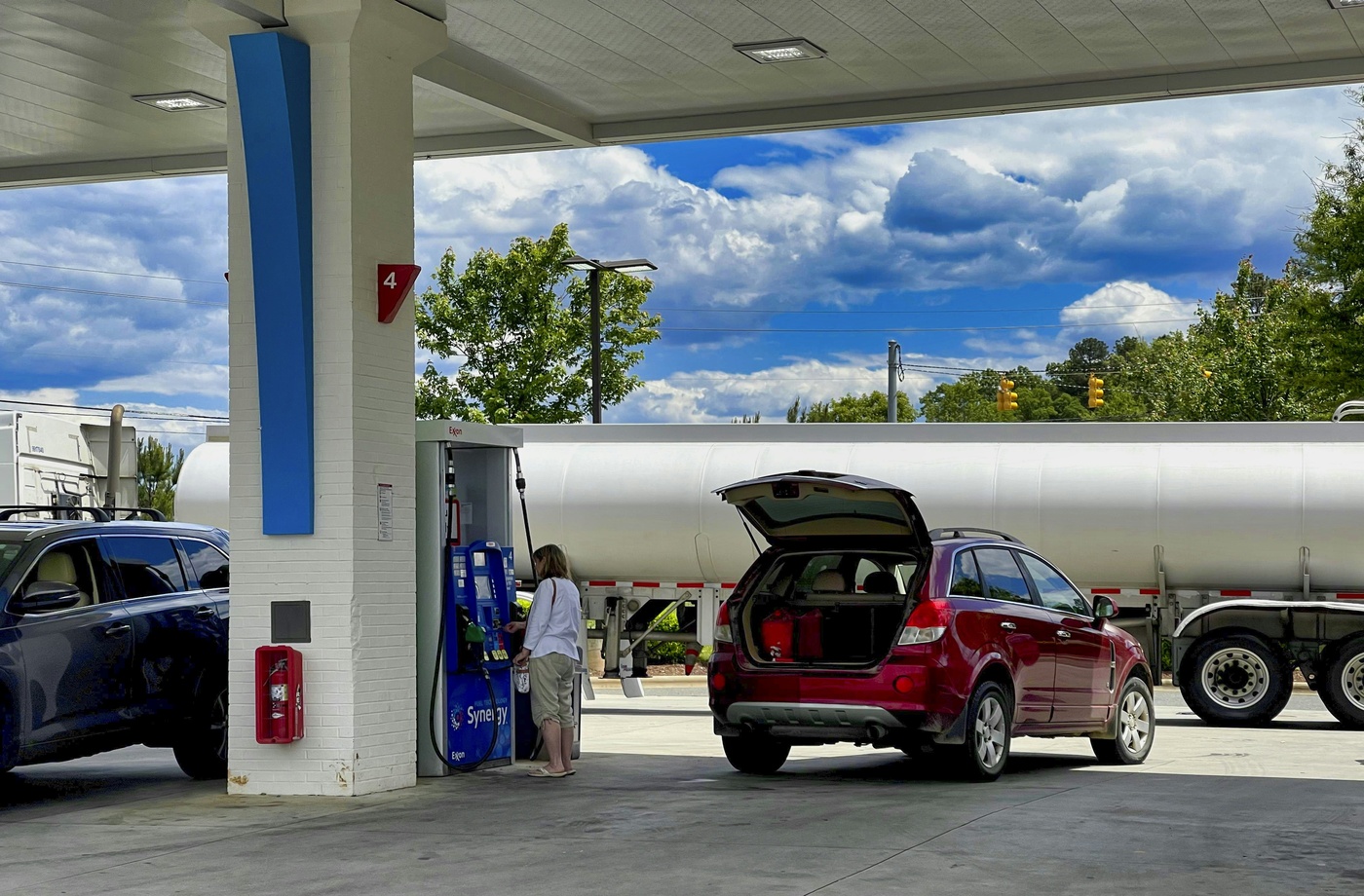Gas prices may be out of your control, but how much you pay at the pump isn’t. From inefficient driving habits to missed savings opportunities, small mistakes can quietly drain your fuel budget over time. Whether you’re a daily commuter or an occasional driver, avoiding these common errors can make a measurable difference.
Here are the top 10 mistakes that are quietly costing you more every time you fill up—and what to do instead.
- Ignoring Tire Pressure
Low tire pressure reduces fuel efficiency by increasing rolling resistance. According to the U.S. Department of Energy, underinflated tires can lower your gas mileage by about 0.2% for every 1 psi drop in pressure.
Solution: Check your tire pressure monthly using a digital gauge and compare it to your vehicle’s recommended PSI (usually found on the driver’s side door panel).
- Filling Up at the Wrong Time
Gas prices fluctuate daily. Research from GasBuddy shows that Monday and Tuesday mornings tend to have the lowest average fuel prices, while Friday and holiday weekends are the most expensive times to fill up.
Solution: Time your fill-ups early in the week to avoid peak price spikes.
- Skipping Fuel Rewards Programs
If you’re not using gas station rewards programs, you’re likely paying more per gallon than you need to. Brands like Shell, ExxonMobil, and BP offer free loyalty programs that reward you with cents off per gallon or points for future use.
Solution: Sign up once and scan your loyalty ID every time you fuel up.
- Not Using Cashback Gift Cards
Paying with a debit or credit card might be easy—but it’s often less rewarding. With apps like Fluz, you can earn cashback with a Shell gift card or get rewards with a BP gift card right at the pump. Buying a digital gift card in the moment gives you instant cashback while still allowing loyalty point collection.
Solution: Add Fluz to your wallet and use gift cards for real-time savings.
- Aggressive Driving
Rapid acceleration, hard braking, and speeding can lower your gas mileage by up to 33% on highways and 5% in city driving, according to the EPA.
Solution: Drive more smoothly. Maintain a steady speed, use cruise control when possible, and avoid tailgating.
- Carrying Unnecessary Weight
Every extra 100 pounds in your vehicle can reduce MPG by about 1%. Roof racks, cargo carriers, and even unused tools in the trunk can cost you.
Solution: Travel light whenever possible and remove roof-mounted storage boxes when not in use.
- Ignoring Maintenance
Dirty air filters, old spark plugs, or overdue oil changes all impact engine performance and fuel economy.
Solution: Follow your manufacturer’s recommended service schedule and use quality parts and oil.
- Choosing Premium Gas Unnecessarily
Unless your car specifically requires premium fuel, using it offers no added benefit—and costs more. Research confirms that premium gas does not improve performance in vehicles designed for regular fuel.
Solution: Check your owner’s manual and use regular unless premium is explicitly required.
- Letting Your Engine Idle Excessively
Idling gets you 0 MPG and burns fuel unnecessarily. This is especially common during school pickups, drive-thrus, and cold starts in winter.
Solution: If you’re going to be stopped for more than 60 seconds, turn off the engine (unless you’re in traffic or extreme weather).
- Using the Nearest Gas Station Without Comparing Prices
It’s convenient, but you may be overpaying. Local stations often differ in price by 10–20 cents per gallon.
Solution: Use a fuel price app like GasBuddy or Waze to compare before you go.



